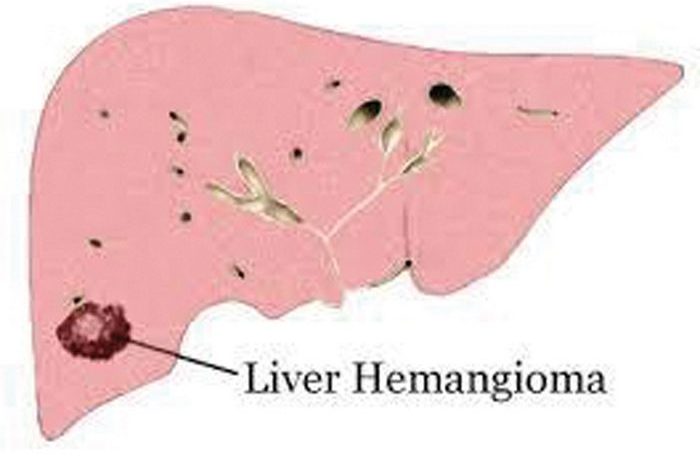

Digestive Health
By Dr Saravana K.
Liver hemangioma is a non-cancerous mass that occurs in the liver made up of a tangle of blood vessels. Most cases are discovered during a test or procedure for some other conditions. Most people who have it never experience signs and symptoms and don’t need treatment.
There is no evidence that an untreated liver hemangioma can lead to liver cancer.
Symptoms
When it causes signs and symptoms, they may include:
- Pain in the upper right abdomen
- Feeling full after eating only a small amount of food
- Lack of appetite
- Nausea
- Vomiting.
However, these symptoms are nonspecific and may be due to something else, even if you have a liver hemangioma.
It’s not clear what causes a liver hemangioma to form. Doctors believe it is congenital – meaning that you are born with it.
It usually occurs as a single abnormal collection of blood vessels that is less than about four centimetres wide. Occasionally it can be larger or occurs in multiples.
In a small number of people, it will grow to cause complications and requires treatment. It is not clear why this happens.
- It is most commonly diagnosed in people ages 30 to 50.
- Women are more likely to be diagnosed with liver hemangioma than men are.
- Women who have been pregnant are more likely to be diagnosed with liver hemangioma than women who have never been pregnant. It is believed the hormone estrogen, which rises during pregnancy, may play a role in liver hemangioma growth.
- Women who used hormone replacement therapy for menopausal symptoms may be more likely to be diagnosed with liver hemangioma than women who did not.
Tests and procedures used to diagnose liver hemangioma include:
- Ultrasound
- Computerised tomography scan
- Magnetic resonance imaging.
No Treatment Needed
If your liver hemangioma is small and does not show any signs or symptoms, you do not need treatment. While you may be worried about leaving a liver mass untreated, in most cases a liver hemangioma will never grow and will never cause problems.
Your doctor may schedule follow-up examinations to check your liver hemangioma periodically for growth if the hemangioma is large.
Treating Liver Hemangioma
If a liver hemangioma grows large enough to push on nearby structures in your abdomen, it can cause signs and symptoms and may signal that you need treatment. Liver hemangioma treatment depends on your situation, such as the location and size of the hemangioma, whether you have more than one hemangioma, your overall health and your preferences.
Treatment options may include:
- Surgery to remove the liver hemangioma.
- Surgery to remove part of the liver, including the hemangioma.
- Procedures to stop blood flow to the hemangioma. Without blood supply, the hemangioma may stop growing or shrink. Two ways to stop the blood flow are tying off the main artery (hepatic artery ligation) or injecting medication into the artery to block it (arterial embolisation). The healthy liver tissue is unharmed because it can draw blood from other nearby vessels.


